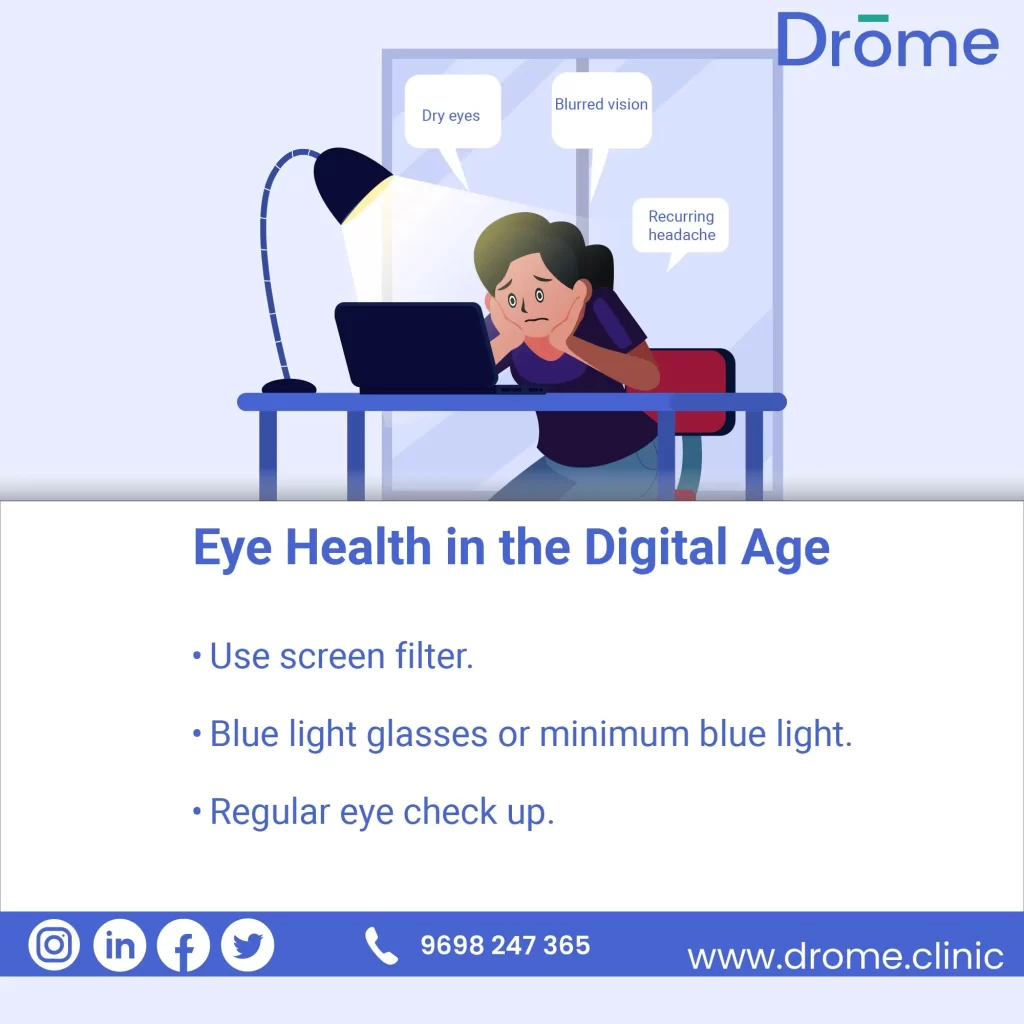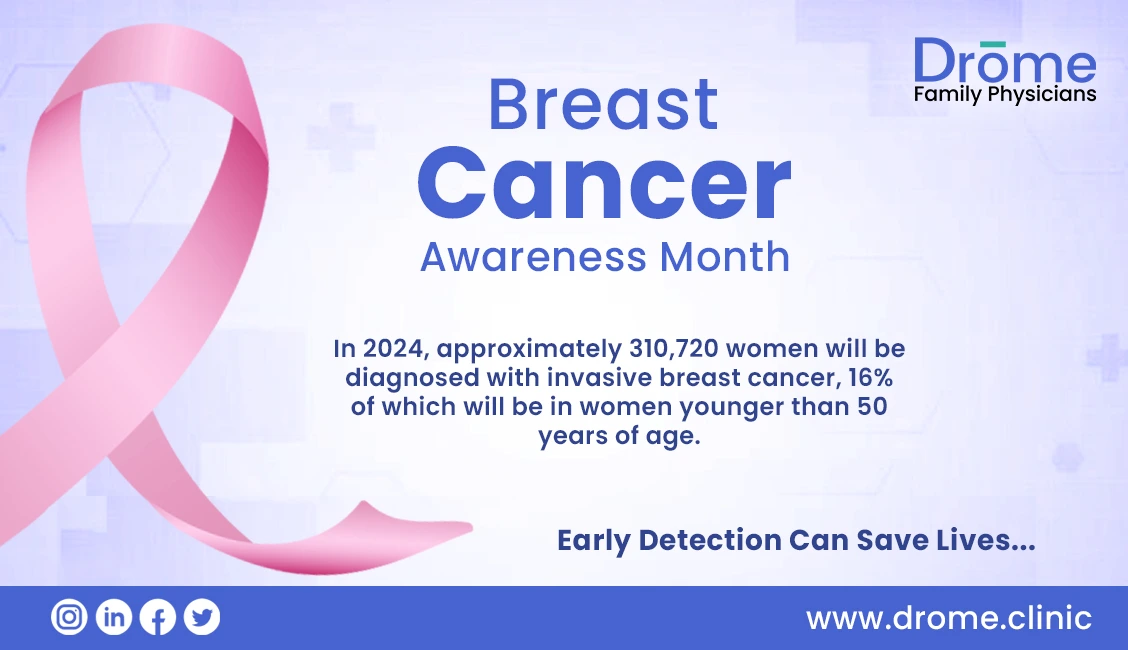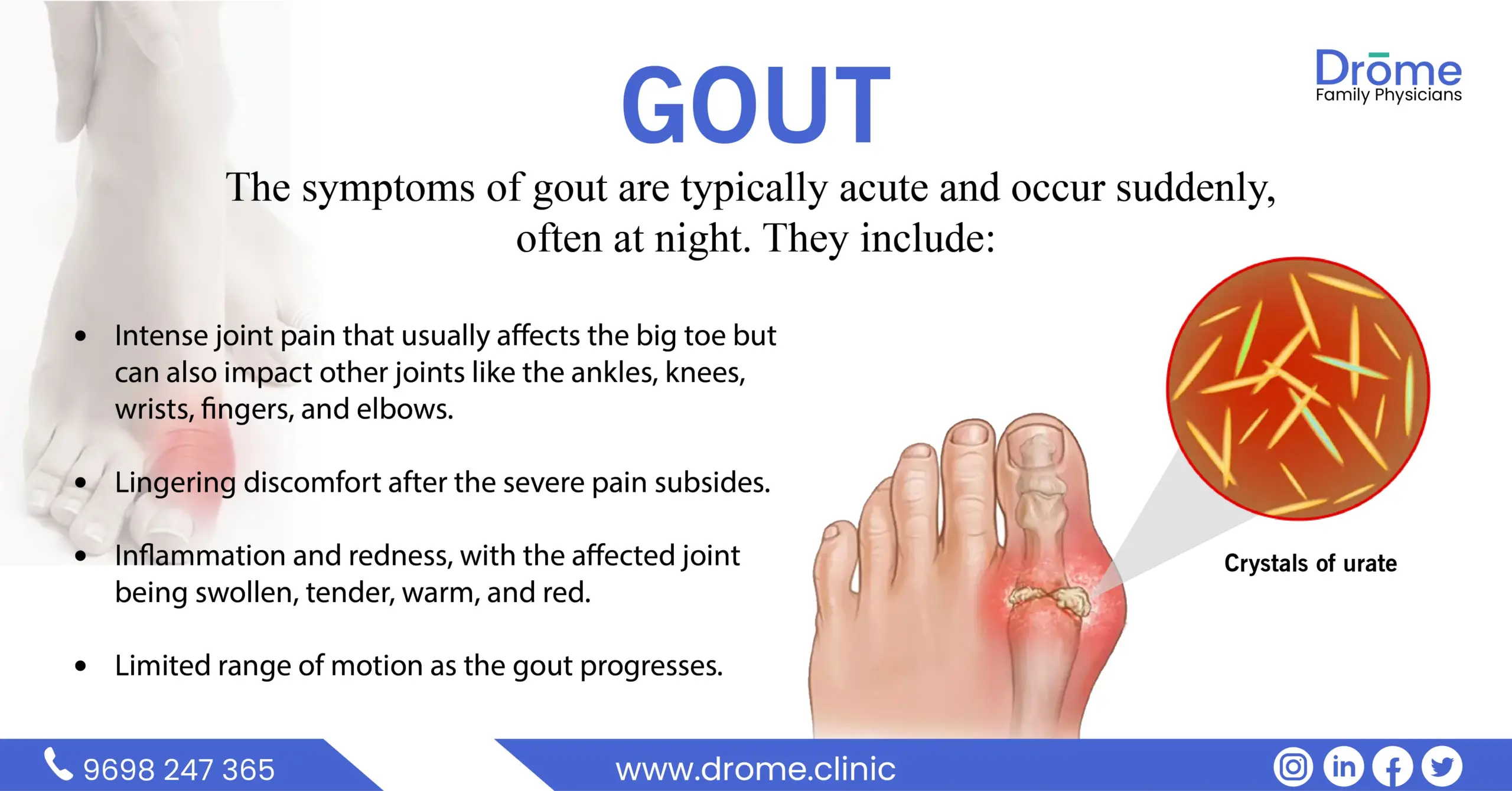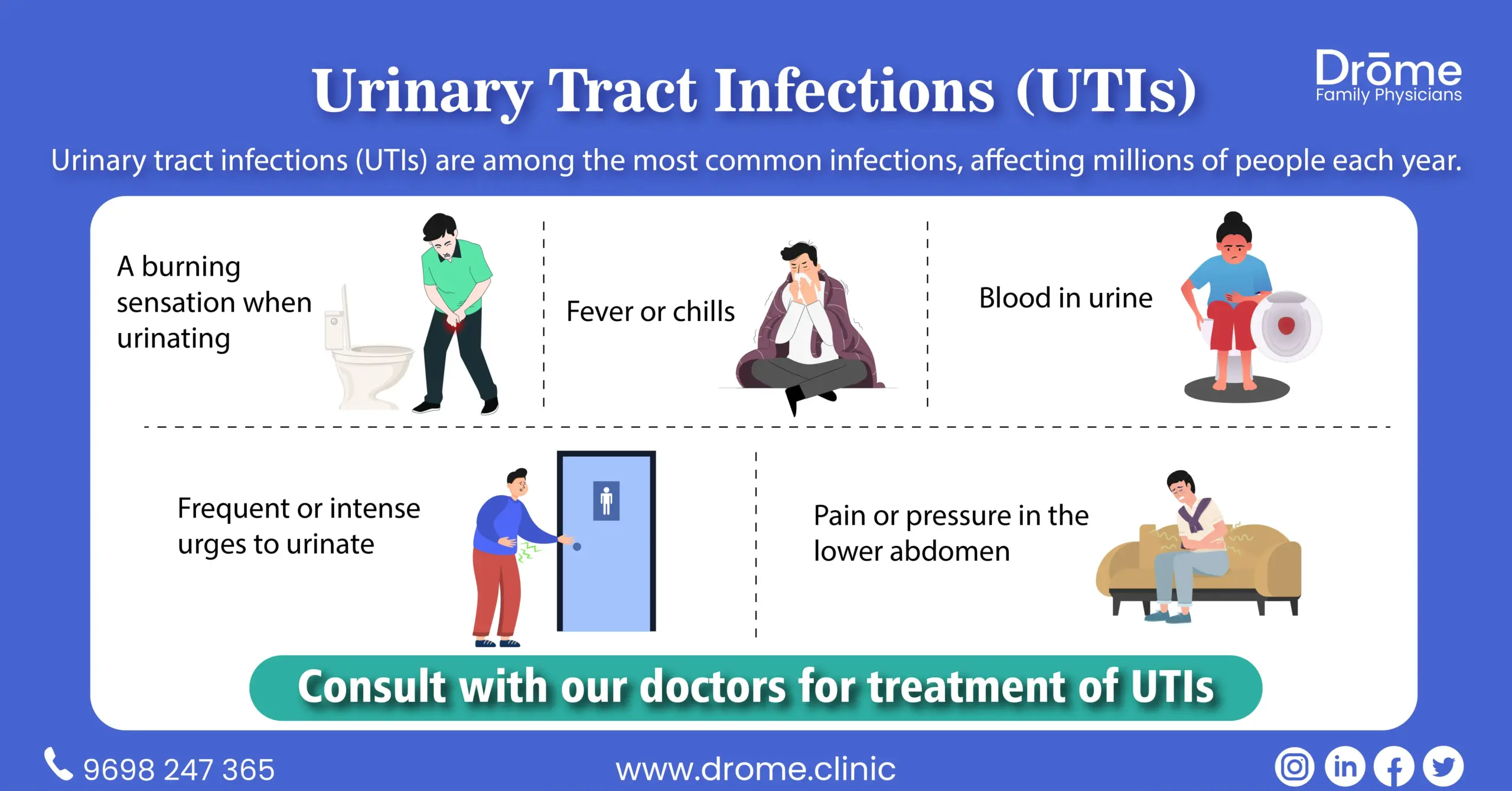Table of Contents
ToggleEye Health in the Digital Age
Table of Contents
Introduction
From the smartphones to the laptops that power our professional lives and the tablets and televisions that entertain us during leisure hours, digital devices are now firmly part of our daily routines. Now, the majority of our waking hours are often spent browsing on screens, leading to a phenomenon that experts have termed as Digital Eye Strain or Computer Vision Syndrome.
The screens emit high levels of blue light – a spectrum of light that, in excess, has been linked to disrupted sleep patterns, potential retinal damage and other health concerns.
Children are particularly at risk. Their developing eyes are more sensitive and with modern education increasingly pivoting towards e-learning, their exposure begins at an alarmingly young age.
This blog seeks to uncover the multifaceted relationship between our eyes and the digital screens that dominate our lives.
The Reality of Digital Eye Strain
What is Digital Eye Strain?
Digital Eye Strain (DES) encompasses a myriad of symptoms resulting from prolonged and uninterrupted use of digital devices.
Symptoms
- Dry and Irritated Eyes
- Blurred Vision
- Recurring Headaches
- Neck and Shoulder Pain
A Widespread Issue:
Studies indicate that more than 60% of adults regularly experience symptoms of digital eye strain. The figures are even more concerning among the younger generation and professionals whose jobs necessitate continual screen engagement.
Underlying Causes:
- Unsuitable Screen Brightness and Contrast: A screen too bright or too dim in comparison to the ambient light can strain the eyes.
- Poor Posture: Slouching or sitting too close to the screen can enhance the strain.
- Extended Screen: The longer we look at our screens without breaks, the more we’re at risk.
Compounding Factors:
- Existing Vision Problems: Those with undiagnosed or untreated vision problems can experience exaggerated symptoms of DES.
- Age: The natural aging process can make individuals above the age of 40 more susceptible due to reduced flexibility of the eye’s lens.
Decoding Blue Light Exposure
Understanding the Spectrum:
Blue light, with wavelengths between 380 and 500 nm, is among the shortest, highest energy wavelengths in the visible light spectrum.
Where Does Blue Light Come From?
- Natural Source: The primary source of blue light is sunlight.
- Artificial Sources: Digital screens of computers, smartphones, televisions, and LED lighting are significant emitters of blue light.
Potential Impact on Health:
- Sleep Disruption: Exposure to excessive blue light can hinder the production of melatonin, a hormone responsible for sleep, potentially leading to difficulty falling asleep and disrupted sleep cycles.
- Eye Strain and Discomfort: The high energy and flickering of blue light can lead to fatigue and strain in the eyes.
Protective Measures:
- Screen Filters: Various screen protectors can filter out emitted blue light, reducing direct exposure to the eyes.
- Blue Light Glasses: Specialised eyewear is available that can help minimise blue light exposure.
- Device Settings: Many modern gadgets come with a ‘Night Mode’ or ‘Blue Light Reduction’ feature to reduce blue light emission.
Proactive Eye Care: The Need for Regular Check-ups
Why Regular Check-ups Matter:
- Early Detection: Regular check-ups can help identify issues in their nascent stages, ensuring timely interventions and potentially averting more severe problems down the road.
- Evolving Prescription: For those who already wear corrective glasses ,consistent check-ups ensure that one is always using the correct power, preventing unnecessary strain.
- Holistic Eye Health: Eye check up access the health of the entire eye, from front to back, potentially catching conditions like glaucoma and cataract.
Guarding Your Vision: Effective Strategies
- Break the Stare with 20-20-20: Remember to divert your gaze every 20 minutes, focusing on an object 20 feet away for 20 seconds.
- Optimal Setup: Ensure the top of your screen is at or slightly below eye level, and utilise screen protectors to reduce glare.
- Go Bigger on Text: Increase font size to comfortably read without squinting.
- Blue-Light Barriers: Consider investing in blue light filtering glasses or screen overlays to reduce exposure.
- Rising Trends: With e-learning and digital entertainment, children’s screen time has surged exponentially.
- Parental Guidance: It’s imperative to monitor, regulate and break up children’s screen sessions to protect their vision.
Conclusion
Embracing the digital age doesn’t have to come at the cost of our eye health. With awareness, timely interventions and adaptive strategies, we can navigate the digital world safely, ensuring our eyes remain healthy.








